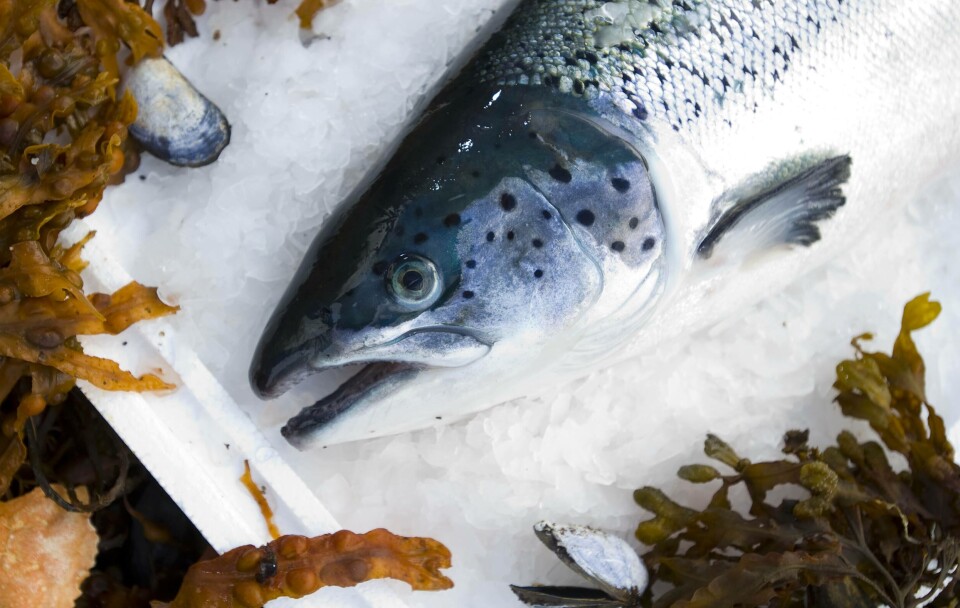
Warm spring a mixed blessing
Writing his weekly report, Kolbjørn Giskeødegård suggests: “We argue that we are currently in a period that represents the top in terms of supply growth, and that supply pressure will be reduced from Q3. Hence, as the supply pressure levels off we also expect prices to steadily increase from July and onwards. The forward curve at Fish Pool supports this view, as prices for H2 has increased remarkably.
“The lowest point in the forward curve July at NOK 35.5 per kg, rising to NOK 39.50 per kg for October. The cod quota for next year has surprisingly been advised by the ocean scientists to be reduced by around 100k tonnes, to 894k tonnes in total. This might change market psychology towards substantially higher prices for the rest of the year. Following the success of skrei in Europe, and the lower supply, cod prices could potentially be lifted further throughout this year and into the next.
“The forward curve at Fish Pool has taken a significant jump upwards during the last month. According to the forward prices we are now at the bottom for this year in terms of prices, and the market believes in a steady rebound from July and onwards. Current forward prices are at NOK 35.5 per kg for July, rising to NOK 39.50 per kg for October.”
He also comments on the effects that sea temperatures are likely to have on production:
“Norwegian sea temperatures have increased to around 10.5 degrees on average, which is higher than the 9.9 degrees seen during the same period last year and 8 degrees in 2012. In the North temperatures are still below last year’s level, while in the South and Central parts of Norway sea temperatures are on average 1 degree higher. Following the higher sea temperatures, we expect to see feed sales growth of around 10-15% in May.
“Just as the salmon thrives better with higher sea temperatures, so does the sea lice. On average there are now 0.7 sea lice per fish in Norway, where the salmon farmers located in the counties Hordaland and Møre og Romsdal (Central Norway) are still the most challenged by sea lice, with an average of 0.8 and 1.2 sea lice per fish, respectively.”






















































